In 2025, 1X Technologies opened pre-orders for NEO, a human-sized robotic assistant designed for domestic life. While deliveries are expected in 2026, the pre-order announcement marks a historic milestone in the evolution of home robotics. NEO has been promoted as one of the first humanoid robots specifically made for home use, bridging the gap between science fiction and everyday life. For decades, we’ve imagined robotic companions who could help us cook, clean, and assist with daily routines. Now, that vision is beginning to materialize.
The Dawn of the Home Humanoid Era
NEO is more than a technical marvel; it represents a societal shift. Much like the arrival of personal computers or smartphones, NEO symbolizes the moment when a futuristic concept begins its journey toward mainstream reality. It’s designed to assist with basic household tasks, provide light physical support, and engage in natural conversation. Early adopters see it as the first tangible step toward a world where humanoid companions are part of daily living.
Is the NEO Ready to Do Your Chores Autonomously?
Despite the excitement, NEO isn’t a fully autonomous household helper yet. Current versions still depend on human supervision for complex tasks. Think of NEO as a robotic intern: it can cook, carry items, and tidy up, but it’s still learning to do these things smoothly. Remote operators often assist NEO through its built-in cameras, helping it improve through real-world experience. This human-in-the-loop approach means every user interaction helps the system get better.
At around $20,000, NEO is still expensive and aimed at early adopters, but it’s also an important step forward. Much like the first personal computers, NEO may be limited today, but it points toward a transformative future where robots become an everyday presence in our homes.
AI Brains in Robotic Bodies
NEO’s intelligence comes from a built-in conversational AI similar to ChatGPT. It can interpret natural language, understand context, and act on verbal commands. But unlike a voice assistant trapped in a speaker, this AI has a body capable of movement and manipulation. This evolution, known as “embodied AI”, represents a major leap forward for robotics, allowing machines to interact meaningfully with the physical world.
As AI systems grow more advanced, humanoids like NEO will become faster, smarter, and more capable. Over-the-air updates will continuously expand their skill sets, gradually reducing their dependence on human operators. The fusion of AI understanding and robotic dexterity is paving the way for the next generation of personal assistants, ones that not only listen but act.

Meet the Contenders: Who's Building the Future of Home Robots?
While 1X’s NEO has captured headlines, several companies are racing to develop humanoids for homes and workplaces. Here’s a look at the leading contenders shaping the field in 2025.
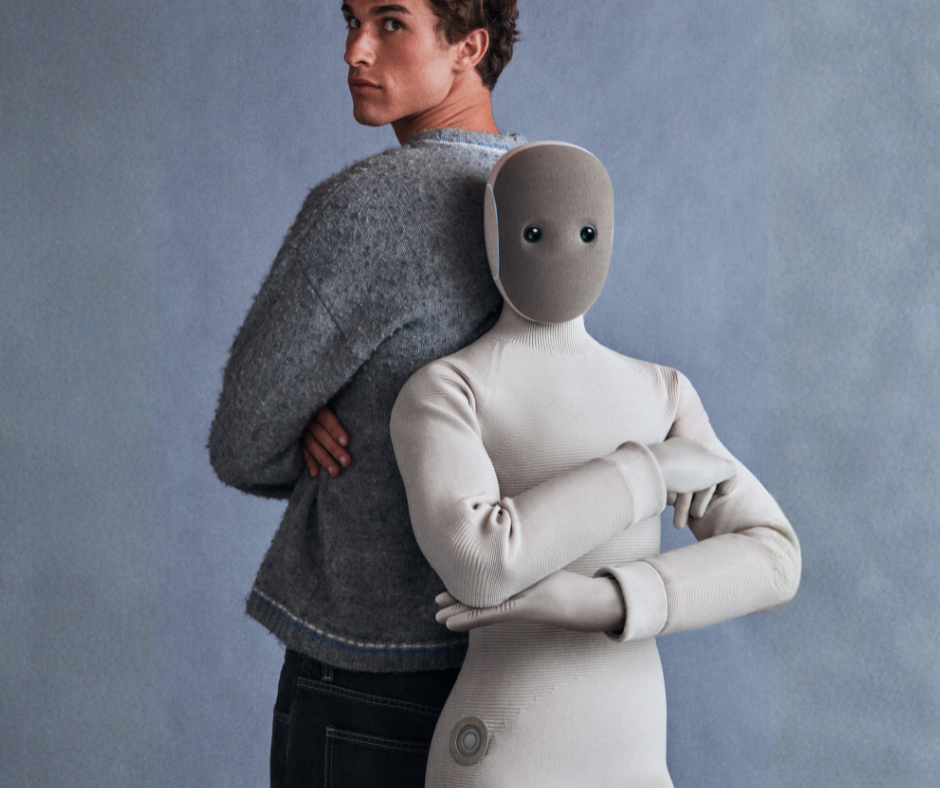
1X Technologies: NEO
Status: Pre-orders open; first deliveries expected in 2026.
Capabilities: 5’6” tall, 66 lbs; performs chores, assists with light tasks, and engages in natural conversation.
Edge: One of the first humanoids made for home use; integrates AI with practical design.
Challenges: Requires human oversight for complex tasks; high cost and limited autonomy.
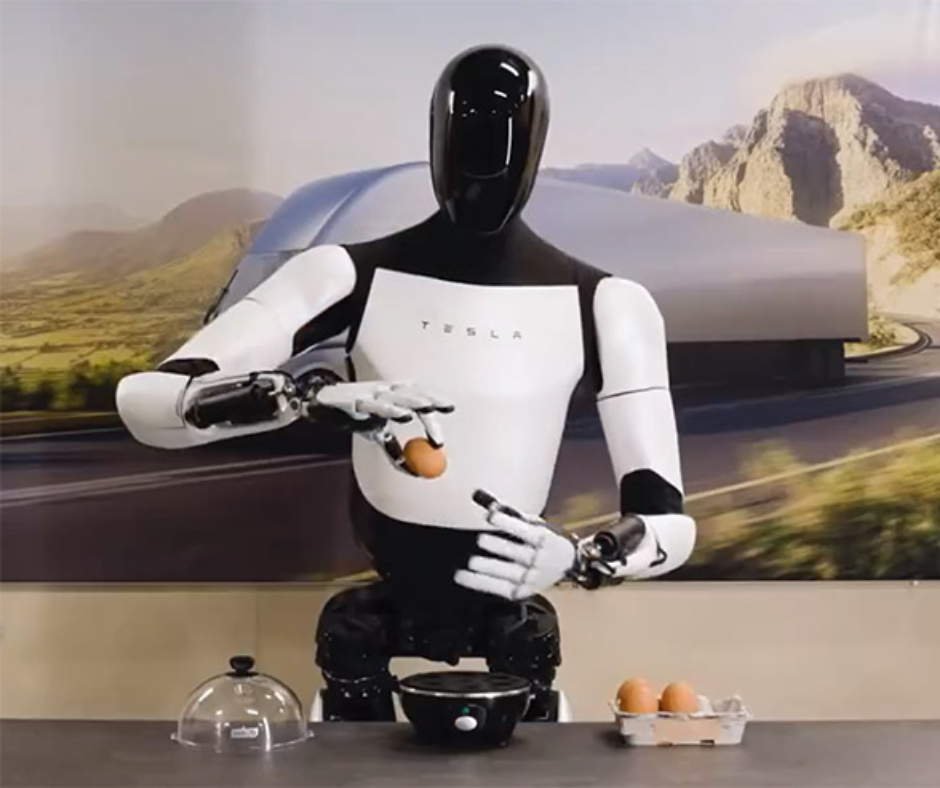
Tesla: Optimus
Status: In development, not yet available for consumers.
Capabilities: Demonstrates walking, object handling, and repetitive task performance.
Edge: Supported by Tesla’s AI and manufacturing expertise.
Challenges: Still focused on factory applications; no home version planned yet.
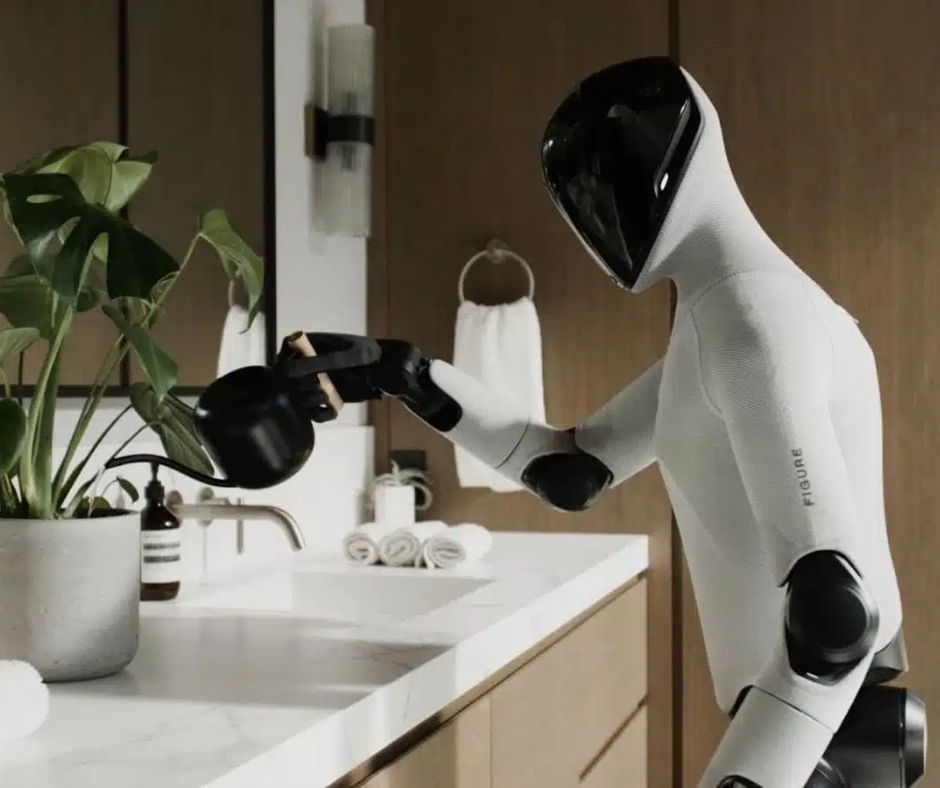
Figure AI: Figure 03
Status: Prototype revealed in 2025; pilot programs in progress.
Capabilities: Can fold laundry, load dishwashers, and navigate around household spaces.
Edge: Built for domestic use from the outset; advanced AI integration.
Challenges: Still early-stage; requires human assistance for many tasks.
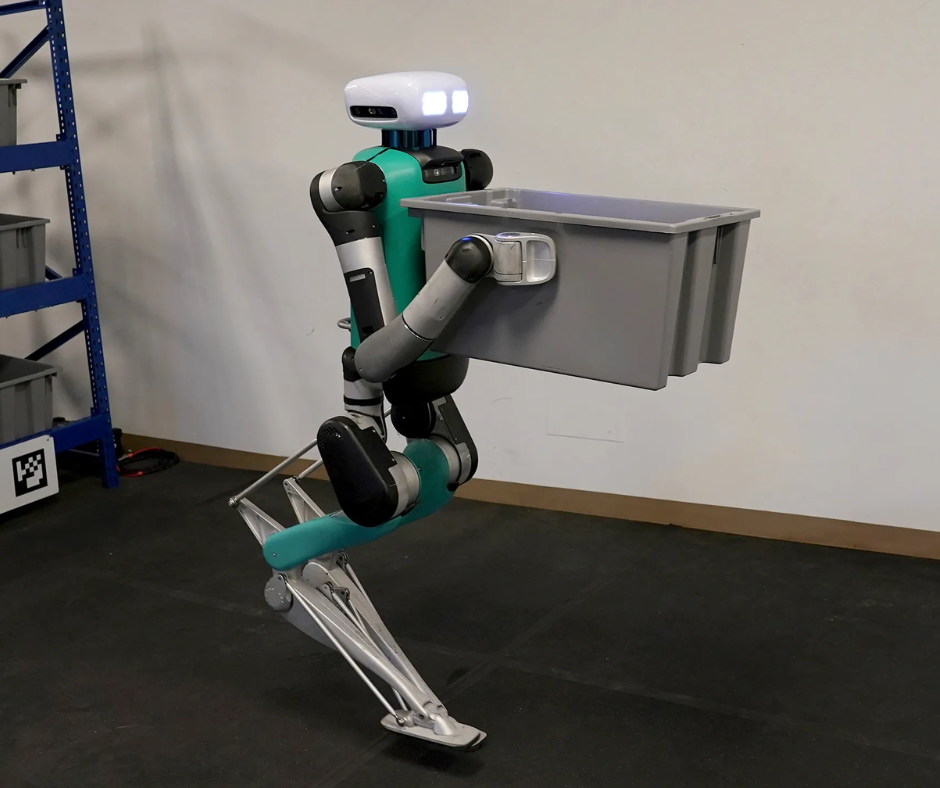
Agility Robotics: Digit
Status: Deployed in logistics settings.
Capabilities: Walks, carries packages, and performs repetitive warehouse duties.
Edge: Reliable and field-tested design.
Challenges: Not built for conversational or household environments.
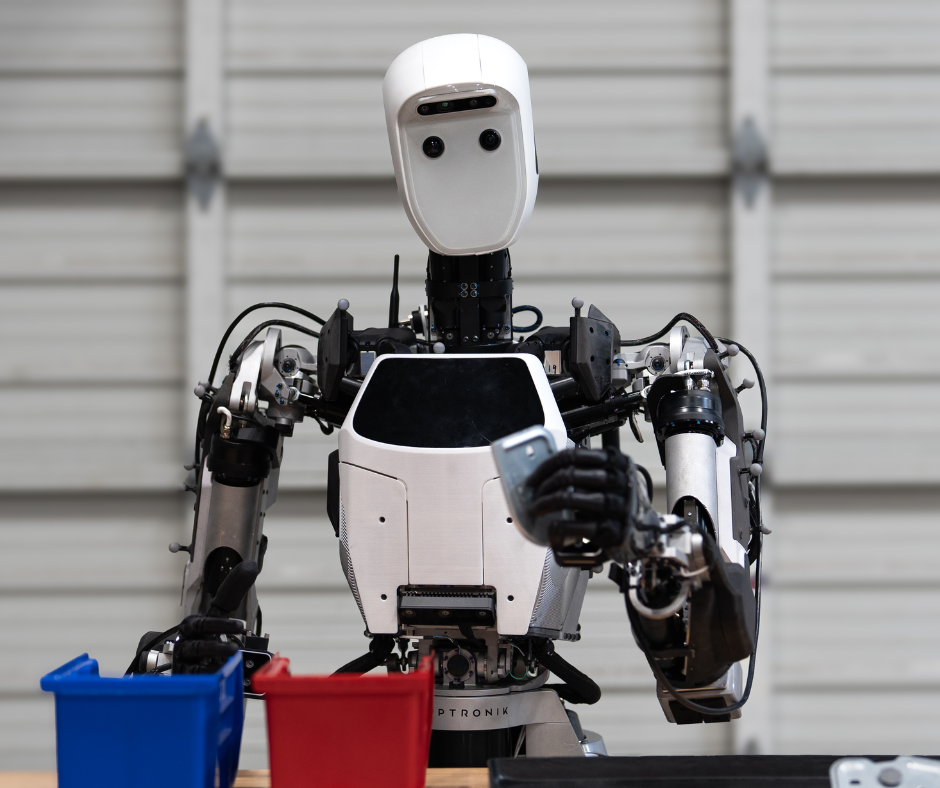
Apptronik: Apollo
Status: Released for industrial pilots in 2023.
Capabilities: Lightweight, modular, and designed for collaborative work.
Edge: Safety-oriented and adaptable for future applications.
Challenges: Industrial-first approach; unclear roadmap for home versions.

Unitree Robotics: H2
Status: In active development.
Capabilities: Full-sized humanoid (about 180 cm, 70 kg) with impressive balance and power.
Edge: Affordable and agile.
Challenges: Limited demonstrations; not yet available to consumers.
From Sci-Fi to Everyday Reality
Humanoid robots have long lived in our imagination, from Rosie in The Jetsons and C-3PO in Star Wars to the emotional Bicentennial Man (1999) starring Robin Williams, where a robot longs to become human. Later films like I, Robot (2004), Ex Machina (2014), and Wall-E (2008) continued exploring the human-robot connection, shaping how we view intelligent machines today.
These stories didn’t just entertain; they helped define what we expect from humanoids — empathy, adaptability, and purpose. Now, reality is catching up. NEO’s launch brings us closer to those cinematic visions, even if today’s robots are still learning. Early adopters experimenting with NEO or Figure 03 are experiencing the first tangible steps toward that imagined companionship.
The home humanoid revolution is still in its infancy, but progress is accelerating. As AI advances and robotics engineering refines, humanoids may soon move from novelty to necessity. Many of these breakthroughs are already visible through RobotShop’s growing selection of humanoids and robotic companions, showcasing how accessible this technology has become. Looking back, 2025 could well be remembered as the year when science fiction began turning into everyday life, and RobotShop continues to serve as a bridge between innovation and consumers eager to explore the next frontier of home robotics.
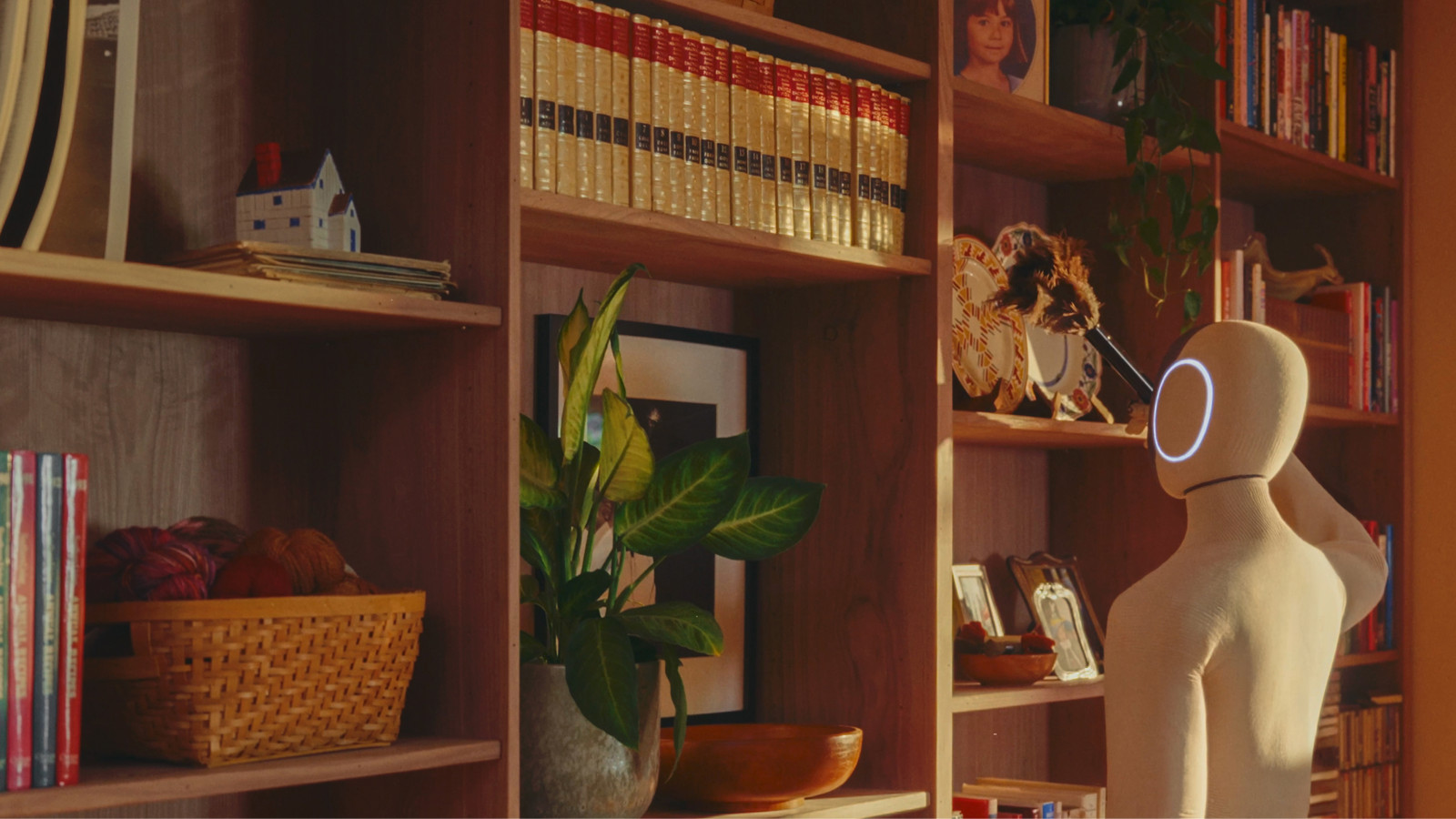
Sources
This article is based on publicly available information from reputable outlets including Fast Company, Sifted, Decrypt, Hindustan Times, and Silicon Canals, as well as official materials from 1X Technologies, Tesla, Figure AI, Agility Robotics, Apptronik & Unitree.



